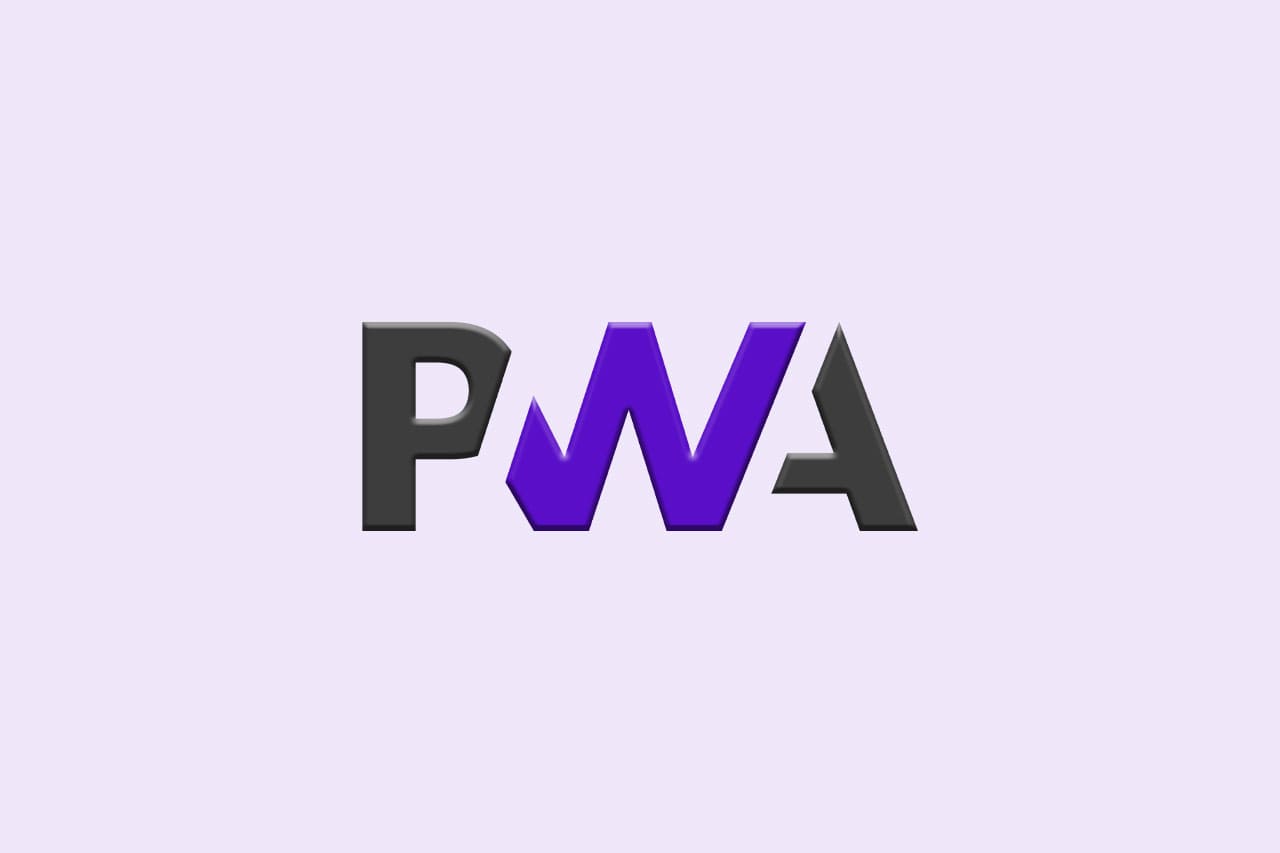Top 10 Best Practices & Benefits of Horilla HRMS for Attendance Management

In today’s fast-paced business climate, reliable attendance tracking is critical for effective human resource management. It enables firms to track employee attendance, productivity, policy compliance, and expedite payroll operations. Businesses are turning to innovative solutions like Horilla HRMS to automate and streamline the tracking process as the demand for efficient attendance management grows.
This blog examines the advantages and features of Horilla HRMS for attendance tracking, emphasizing how it may change attendance management for businesses of all sizes.
The Significance of Attendance Tracking:
Accurate attendance tracking is critical for efficient labor management and payment processing. It gives real-time statistics on employee presence, punctuality, and overall attendance patterns to enterprises. This information allows human resource professionals to make informed decisions about resource allocation, scheduling, and performance reviews. Organizations that track attendance can spot trends and patterns, resolve attendance issues quickly, and assure compliance with attendance regulations. Furthermore, reliable attendance data enables proper payroll calculations, preventing errors and unnecessary costs. Businesses can use Horilla HRMS to automate attendance tracking, saving time and improving data accuracy, resulting in better workforce management and more effective payroll operations.
Benefits of Horilla HRMS for Attendance Management:
- Automated Attendance Recording: By automating the process, Horilla HRMS eliminates the need for human attendance entry. It can automatically gather attendance data by integrating with multiple data sources such as biometric devices or time clocks. This automation saves time, reduces errors, and guarantees that attendance records are correct.
- Real-Time Attendance Monitoring: You may track staff attendance in real-time with Horilla HRMS. The solution provides a centralized dashboard or interface through which HR professionals can view employee attendance status. This real-time visibility provides proactive management, allowing HR teams to address attendance concerns like late arrivals or unapproved absences as soon as they arise.
- Streamlined Leave Requests: By providing an online leave request system, Horilla HRMS streamlines the leave management process. Employees can seek leave through the HRMS platform, reducing the need for manual forms or documentation. The technology automates leave balance calculations, speeds the approval procedure, and keeps correct leave records, ensuring a smooth workflow.
- Attendance Analytics and Reporting: Horilla HRMS has sophisticated attendance analytics and reporting tools. The system collects and aggregates attendance data, allowing HR professionals to develop detailed reports and analyze attendance patterns, trends, and absenteeism rates. These insights aid in the identification of attendance concerns, the tracking of employee performance, and the formulation of data-driven decisions to improve attendance management techniques.
- Integration with Biometric Devices or Time Clocks: Horilla HRMS can be integrated with biometric devices or time clocks to provide precise and secure attendance tracking. Employees can clock in and out using biometric information such as fingerprints or facial recognition, or they can use approved time clocks. The HRMS effortlessly captures this data, assuring accurate attendance records and decreasing the possibility of errors or fraud.
Organizations may streamline their operations, improve accuracy, and improve overall workforce management by using the benefits of Horilla HRMS for attendance management. The technology provides real-time insights, data analytics, and automation to HR managers, resulting in efficient attendance tracking and enhanced HR processes.
Best Practices for Effective Attendance Management:
- Maintain Data Accuracy: Verify and update employee attendance data on a regular basis to ensure accuracy and reliability. Conduct periodic audits to identify and correct any inconsistencies.
- Establish Attendance Policies: Create explicit attendance policies that spell out expectations, regulations, and punishments. To guarantee awareness and compliance, communicate these policies to employees.
- Train Users on a Regular Basis: Provide comprehensive training to HR professionals and employees on how to efficiently use Horilla HRMS for attendance monitoring. Ascertain that everyone understands the system’s features and functions.
- Utilize Notifications and Reminders: Within Horilla HRMS, set up automated notifications and reminders to keep employees informed about forthcoming shifts, leave balances, and key attendance-related updates.
- Encourage Employee Self-Service: Horilla HRMS self-service capabilities enable employees to control their own attendance. This decreases administrative burden while also encouraging accountability.
- Monitor Attendance Trends: Use Horilla HRMS analytics and reporting features to track attendance trends and patterns. Identify areas for concern or improvement and take appropriate proactive measures.
- Address Attendance Issues As Soon As Possible: Utilize the information supplied by Horilla HRMS to solve attendance issues as soon as possible. Schedule meetings, offer guidance, and intervene as needed to help staff increase their attendance.
- Foster a positive Attendance Culture: Foster a great attendance culture by recognizing and rewarding employees who consistently show up on time. Encourage open communication and make resources available to help with work-life balance.
- Evaluate System Performance on a Regular Basis: Evaluate the performance of Horilla HRMS for attendance management on a regular basis. Seek user feedback, identify areas for improvement, and convey your findings to the system’s managers.
- Stay updated with System Enhancements: Be aware of new features and upgrades released by Horilla HRMS. Utilize system advancements to expedite and optimize attendance management operations.
By adhering to these best practices, firms may fully utilize Horilla HRMS for successful attendance management, resulting in increased employee productivity, reduced administrative responsibilities, and overall operational excellence.
Conclusion:
In conclusion, Horilla HRMS provides substantial benefits for attendance management. The technology revolutionizes the way organizations track and manage attendance by automating attendance recording, giving real-time monitoring, expediting leave requests, providing attendance analytics, and integrating with biometric devices or time clocks. Improved accuracy, time savings, proactive management, streamlined workflows, and data-driven decision-making are all advantages. Organizations can improve staff productivity and operational efficiency by optimizing their attendance management processes with Horilla HRMS. Horilla helps HR managers to manage attendance efficiently by embracing the power of technology and automation in attendance tracking. This leads to enhanced employee performance and overall corporate success.




